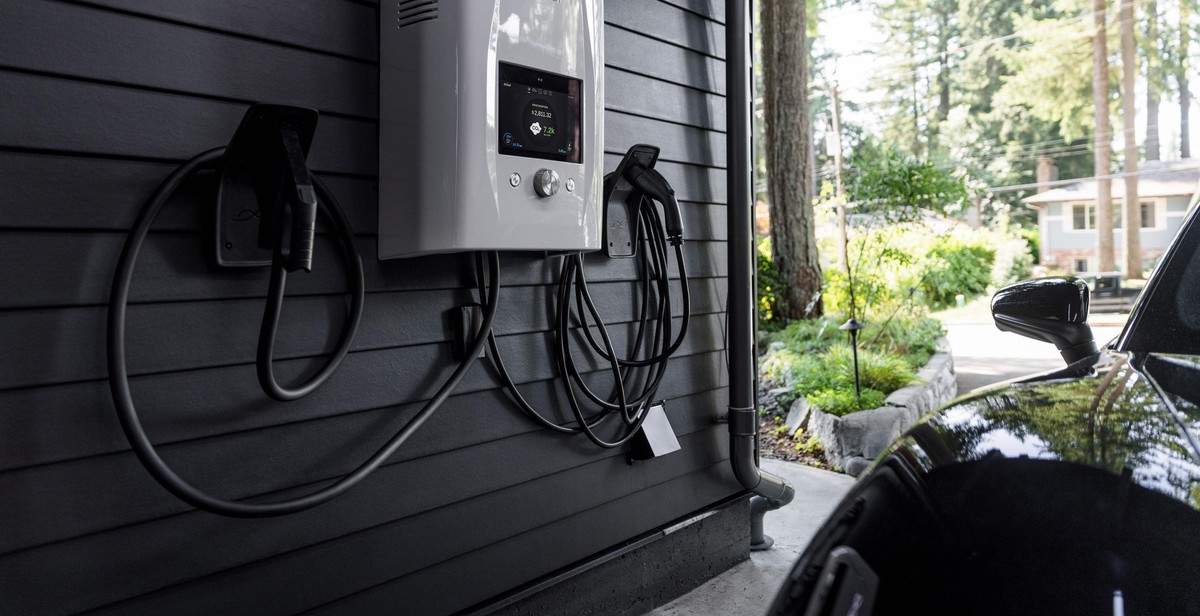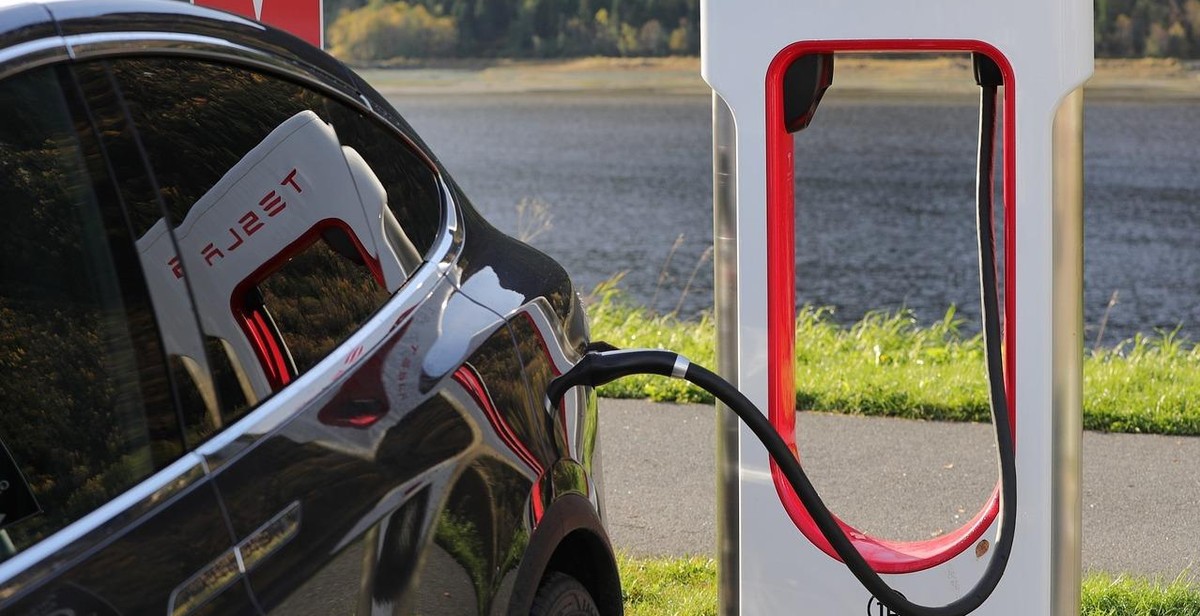How to Upgrade Electric Car Charging Infrastructure at Home: Installation Guide
Electric cars are becoming increasingly popular as people look for sustainable transportation options. However, owning an electric car comes with the responsibility of ensuring that it is charged and ready to go when you need it. This is where upgrading your electric car charging infrastructure at home comes in.
Why Upgrade Your Electric Car Charging Infrastructure?
Upgrading your electric car charging infrastructure at home has several benefits:
- Convenience: Having a charging station at home means you can charge your car at your own convenience, without having to worry about finding a public charging station.
- Cost savings: Charging your car at home is often cheaper than using public charging stations, especially if you take advantage of off-peak electricity rates.
- Environmental benefits: Charging your car at home using renewable energy sources such as solar panels can significantly reduce your carbon footprint.
- Increased home value: Installing a charging station can increase the value of your home, especially as electric cars become more popular.
In this installation guide, we will show you how to upgrade your electric car charging infrastructure at home, including the necessary equipment, installation process, and maintenance tips.

Step 1: Assess Your Home’s Electrical Capacity
Before installing an electric car charging station at home, it is essential to assess your home’s electrical capacity. This will help you determine whether your current electrical system can handle the additional load required to charge an electric vehicle (EV).
Check Your Electrical Panel
The first step is to check your electrical panel to determine the available capacity. Locate your electrical panel, which is usually found in the basement, garage, or utility room. Open the panel cover and look for the main circuit breaker. This breaker should be labeled with the ampere (A) rating of your electrical service.
If your home has a 100-amp electrical service, it may not have enough capacity to support an EV charging station. Most EV charging stations require a 240-volt circuit with a capacity of at least 40 amps. This means you will need to upgrade your electrical service to support the additional load.
Determine Your Electrical Load
The next step is to determine your electrical load. This involves calculating the total amount of electricity your home uses at any given time. You can do this by reviewing your electricity bill or by using a device called a power meter.
It is important to note that the electrical load in your home can vary throughout the day. For example, if you run your air conditioner, dryer, and oven at the same time, you may exceed your electrical capacity. This can cause your circuit breaker to trip or your electrical system to fail.
Consider Upgrading Your Electrical Panel
If your electrical panel is outdated or does not have enough capacity to support an EV charging station, you may need to upgrade it. This involves installing a new panel with a higher ampere rating and additional circuit breakers.
It is recommended that you hire a licensed electrician to perform this task, as it can be dangerous and requires specialized knowledge. An electrician can also help you determine the best location for your charging station and ensure that it is installed safely and correctly.
By assessing your home’s electrical capacity, you can ensure that your EV charging station is installed safely and efficiently. This will allow you to enjoy the benefits of owning an electric vehicle without compromising the safety or reliability of your home’s electrical system.

Step 2: Choose Your Charging Station
Choosing the right charging station is essential to ensure that your electric car is charged safely and efficiently. There are two main types of charging stations: Level 1 and Level 2.
Level 1 Charging Stations
Level 1 charging stations are the most basic type of charging station and can be plugged into a standard 120-volt household outlet. These charging stations typically deliver between 3-5 miles of range per hour of charging time. While they are the most affordable option, they are also the slowest and may not be suitable for drivers who need to charge their vehicle quickly.
Level 2 Charging Stations
Level 2 charging stations require a 240-volt electrical circuit and can deliver between 10-60 miles of range per hour of charging time, depending on the charging station’s power output. These charging stations are faster than Level 1 charging stations and are ideal for drivers who need to charge their vehicle quickly. They are also more expensive than Level 1 charging stations but offer better performance and convenience.
Considerations When Choosing Your Charging Station
When choosing your charging station, there are several factors to consider:
- Power Output: The higher the power output of the charging station, the faster your vehicle will charge. Consider how quickly you need to charge your vehicle and choose a charging station with an appropriate power output.
- Compatibility: Ensure that the charging station you choose is compatible with your electric car’s make and model.
- Connectivity: Some charging stations can be connected to your home’s Wi-Fi network and allow you to monitor your charging progress remotely.
- Smart Features: Some charging stations come with smart features such as scheduling, which allows you to set the charging time for your vehicle.
- Price: Consider your budget and choose a charging station that meets your needs without breaking the bank.
| Charging Station Type | Power Output | Range per Hour of Charging | Compatibility | Connectivity | Smart Features | Price |
|---|---|---|---|---|---|---|
| Level 1 | 120V | 3-5 miles | Compatible with all electric cars | No | No | Affordable |
| Level 2 | 240V | 10-60 miles | Compatible with specific electric car models | Yes | Yes | Expensive |

Step 3: Prepare for Installation
Before you begin installing your electric car charging station, it is important to gather all the necessary tools and materials. You will also need to shut off power to the circuit and run new electrical cable to the location of the charging station.
Gather Your Tools and Materials
Here is a list of tools and materials you will need:
- Charging station
- Electrical cable
- Circuit breaker
- Wire strippers
- Wire nuts
- Screwdriver
- Drill
- Hole saw
- Level
Shut Off Power to the Circuit
Before beginning any electrical work, you must shut off power to the circuit. Locate the circuit breaker that controls the outlet where you will be installing the charging station. Turn off the circuit breaker and use a voltage tester to ensure that the power is off.
Run New Electrical Cable
The charging station will require a dedicated 240-volt circuit. You will need to run new electrical cable from the circuit breaker to the location of the charging station. Use a drill and hole saw to create a hole in the wall where the cable will enter the building. Run the cable through the hole and secure it with cable clamps.
Install the Charging Station
Once the electrical cable is in place, you can install the charging station. Use a level to ensure that the station is installed straight. Connect the electrical cable to the charging station according to the manufacturer’s instructions. Once the connections are made, turn on the circuit breaker and test the charging station to ensure that it is working properly.
| Step | Description |
|---|---|
| 1 | Gather tools and materials |
| 2 | Shut off power to the circuit |
| 3 | Run new electrical cable |
| 4 | Install the charging station |

Step 4: Test Your Charging Station
After successfully installing your electric car charging station, it’s important to test it to ensure it’s functioning properly. Testing your charging station will help you identify any issues and enable you to fix them before they become major problems. Below are the steps you should follow when testing your charging station:
Check the Electrical Connection
The first thing you need to do is to check the electrical connection. Ensure that the charging station is properly connected to the power source. If you notice any loose connections, fix them before proceeding with the testing. Also, make sure that the electrical panel is properly labeled, and the circuit breaker for the charging station is appropriately marked.
Test the Charging Station
Once you’ve confirmed that the electrical connection is correct, it’s time to test the charging station. The following steps will guide you:
- Plug in your electric car to the charging station.
- Ensure that the car is properly connected to the charging station.
- Turn on the charging station and check the display to confirm that it’s working.
- Check the charging time and compare it with the manufacturer’s specifications.
- When the battery is fully charged, unplug the car from the charging station and turn off the charging station.
Testing your charging station is crucial to ensure that it’s functioning correctly. It’s advisable to test your charging station regularly to identify any issues early and fix them before they become major problems.
| Testing Checklist | Status |
|---|---|
| Electrical connection | ✅ OK |
| Charging time | ✅ OK |
| Display | ✅ OK |
Use the above checklist to keep track of your testing results. If you notice any issues, contact a professional electrician to help you fix them.

Conclusion
As electric cars become more popular, upgrading your home charging infrastructure is a smart investment. By following the steps outlined in this installation guide, you can enjoy faster charging times and greater convenience.
Remember, safety should always be your top priority when working with electricity. If you’re not comfortable with electrical work, it’s best to hire a professional electrician to install your charging station.
Benefits of Upgrading Your Electric Car Charging Infrastructure
- Fast charging times
- Convenience of charging at home
- Reduced reliance on public charging stations
- Potential cost savings on fuel
- Increased resale value of your electric vehicle
Future of Electric Car Charging Infrastructure
As more people switch to electric cars, the demand for charging infrastructure will continue to grow. Governments and private companies are investing in the development of new charging technologies to meet this demand.
By upgrading your home charging infrastructure now, you’ll be ready for the future of electric car charging.
Enjoy Your Upgraded Electric Car Charging Infrastructure
With your new charging station installed, you can enjoy the many benefits of electric car ownership. From lower emissions to quieter driving, electric cars are the future of transportation.
Thank you for reading this installation guide. We hope it has been helpful in upgrading your electric car charging infrastructure.
